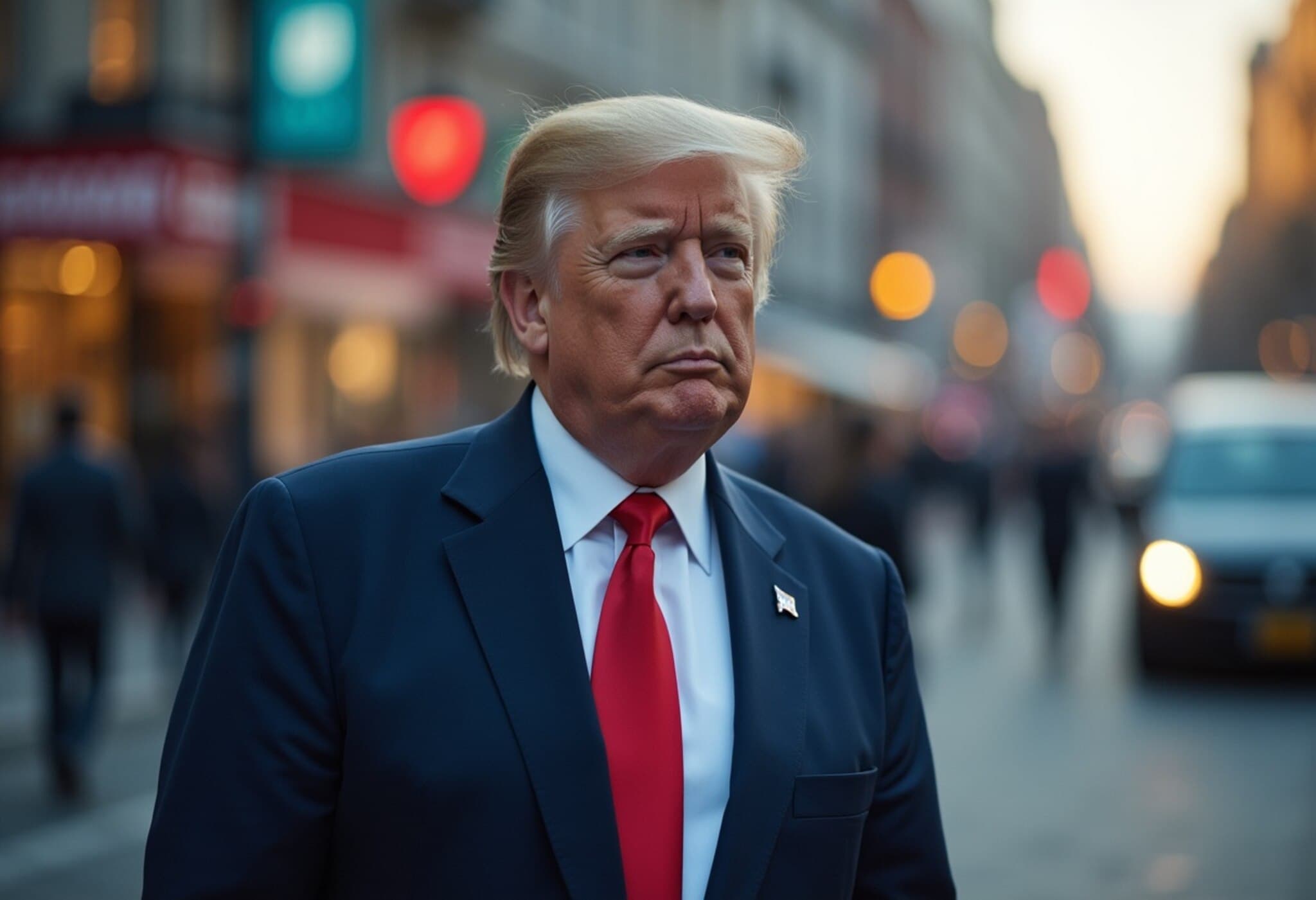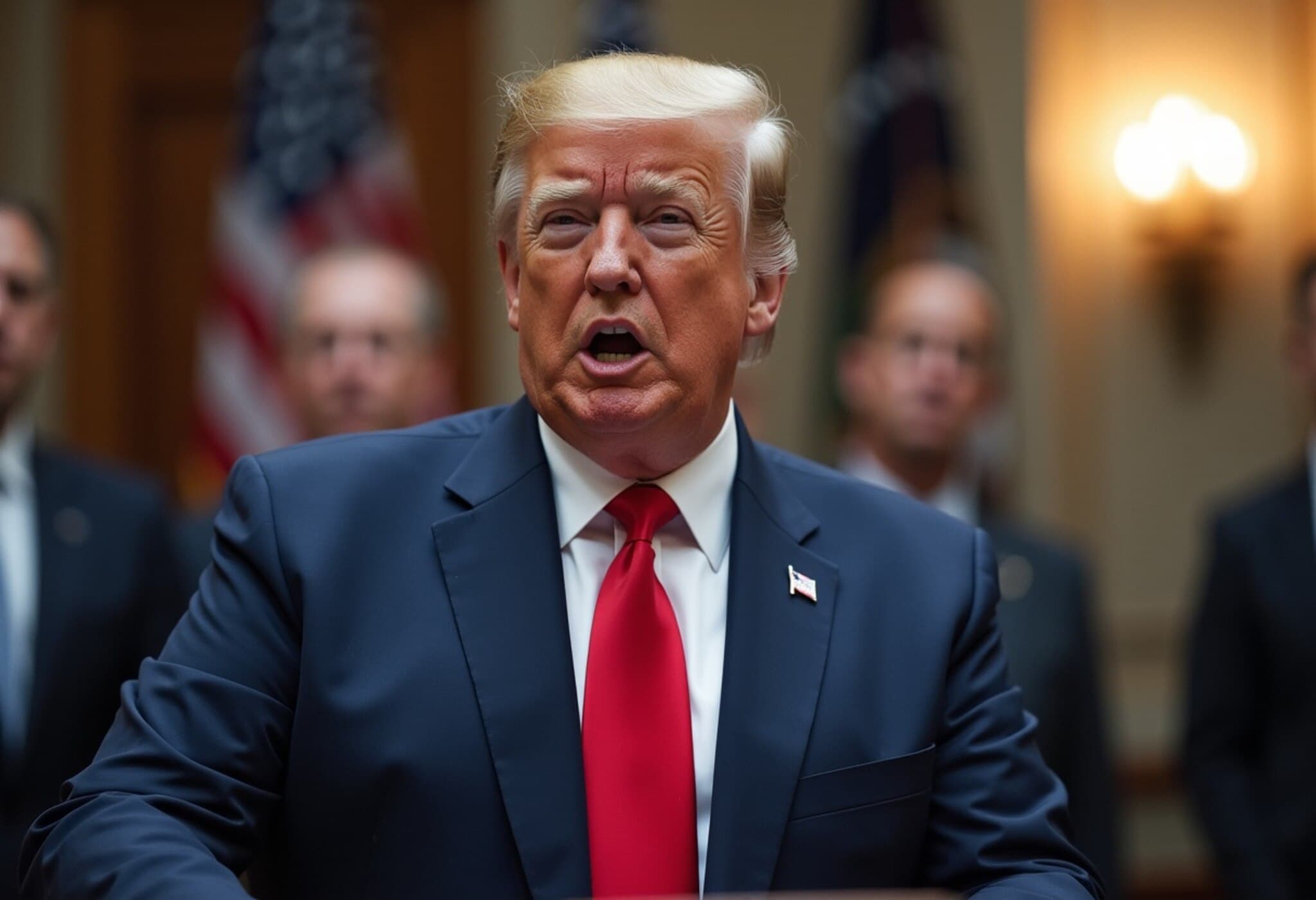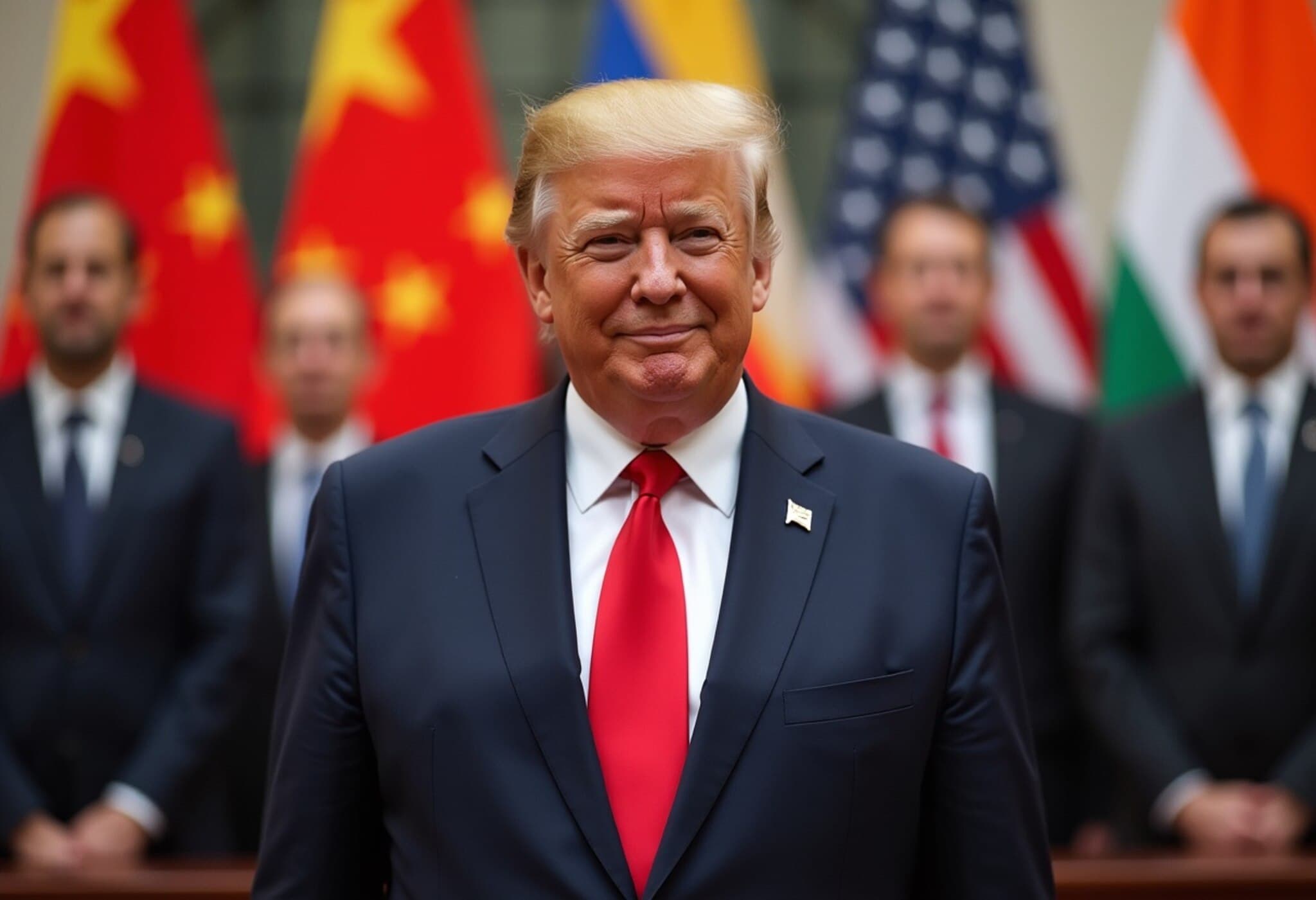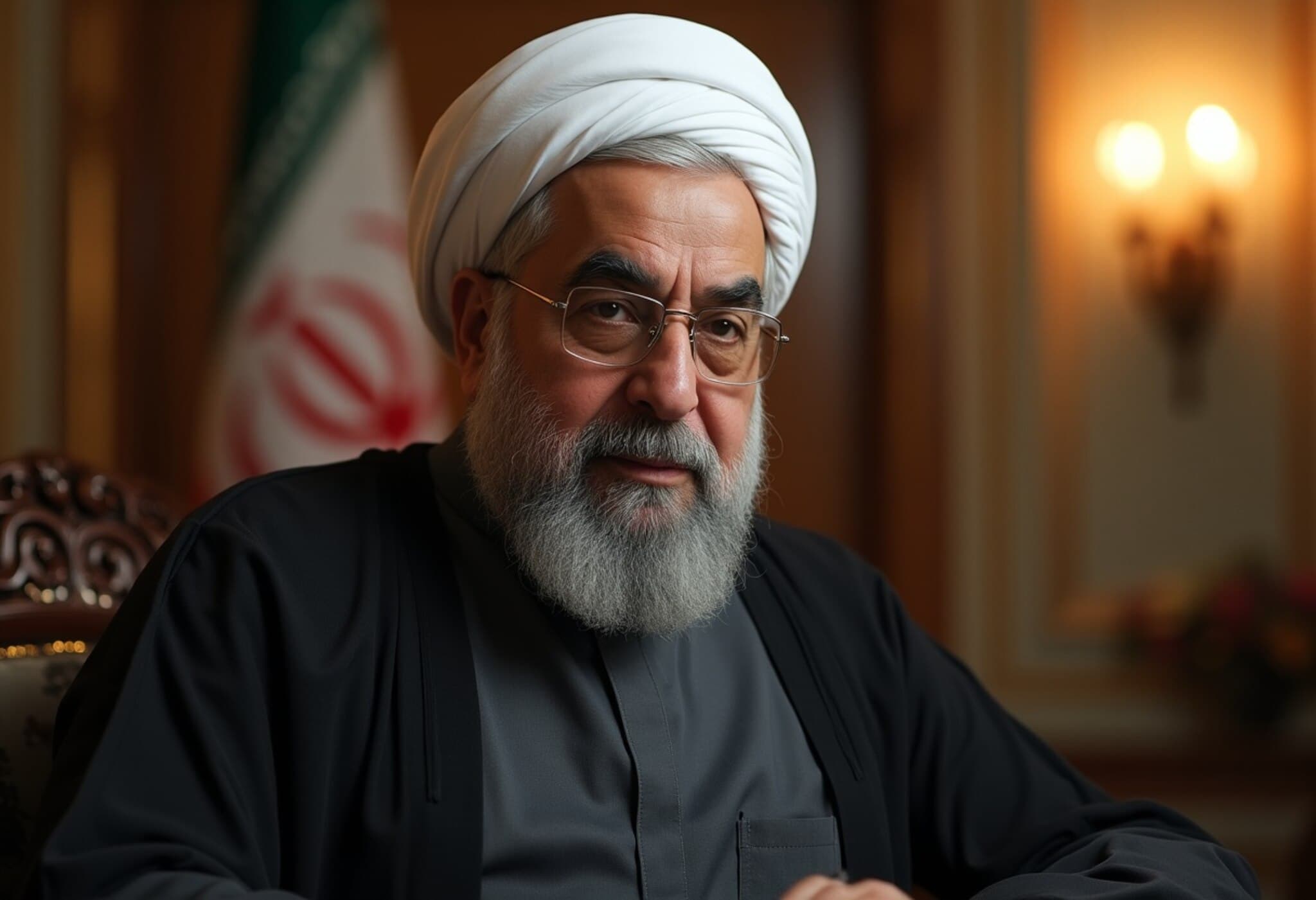Understanding the Impending U.S. Tariff Deadline and Its Global Impact
As July 9 approaches, the financial and trade worlds are holding their breath. President Donald Trump set a clear deadline for his administration to either strike trade agreements or reinstate tariffs on key trading partners, marking a critical juncture with potentially significant economic implications. After months filled with negotiation uncertainties and volatile market reactions, this week could usher in clarity—or new conflict.
What’s at Stake?
The U.S. government issued letters from 12 p.m. ET on July 7, either confirming trade accords or signalling fresh duties on imports. This move follows a 90-day pause on reciprocal tariffs, initially announced earlier in the year but due to expire July 9. Despite this, the White House has indicated that any newly imposed tariffs will not kick in until August 1, providing a narrow window for last-minute maneuvers.
Among the most critical negotiations are with the European Union and Japan—two major economic powers who have yet to formalize deals with the U.S. The EU recently acknowledged "good progress" toward an agreement in principle, though many experts remain cautious about breakthroughs before the deadline.
Decoding Morgan Stanley’s Three Market Scenarios
In a detailed note released July 6, Morgan Stanley's strategist Michael Zezas outlined three potential pathways for the market and trade negotiations. These scenarios reflect varying degrees of optimism and risk, shaping different economic futures.
1. ‘Kick the Can’: Extending the Status Quo
- Base case outcome: Tariff pauses extend and negotiations continue.
- The U.S. could describe progress to buy more time, keeping tariffs at the current 10% baseline with a warning that these could increase if talks falter.
- This scenario might yield limited but meaningful agreements, allowing a gradual improvement in trade relations.
European trade expert Cecilia Malmström cautions that an ambitious deal this week is unlikely, predicting instead a modest agreement to manage tariff levels and ongoing dialogue. “We might see just some points of agreement to prevent tariff hikes, but significant breakthroughs remain elusive,” she notes.
2. ‘Tactical Escalation’: Selective Tariffs and Heightened Tensions
- If talks stall, the U.S. might reimpose tariffs on specific countries or sectors, with staggered implementation timelines.
- More stringent measures could hit major partners like Japan and the EU due to complex ongoing disputes.
- Experts warn this path risks tit-for-tat retaliation, with European counter-tariffs potentially escalating trade conflicts.
Malmström emphasizes the stakes: “Without a deal, tariff hikes could provoke retaliation from the EU, harming consumers and businesses in both regions. It’s a lose-lose that could strain transatlantic ties further.”
3. ‘Framework Frenzy’: Surprising Progress Through Broad Agreements
- A constructive surprise where the U.S. releases broad frameworks rather than finalized deals.
- This path would reduce market uncertainty by signaling intentions to keep effective tariffs lower in the near term.
- Though not a full resolution, frameworks could provide a foundation for deeper negotiations and market stability.
Why This Matters for the U.S. Economy and Global Trade
The outcome of these talks bears weight far beyond stock tickers. In the interconnected global economy, tariffs influence consumer prices, supply chains, and corporate strategies. American farmers, manufacturers, and retailers are all directly affected by shifts in trade policy. For example:
- Higher tariffs could raise costs for imported goods, pushing up prices for everyday consumers and slowing economic growth.
- Prolonged uncertainty disrupts corporate investment decisions and international supply chains, risking job growth and innovation.
- Escalation can also strain U.S. geopolitical relationships, weakening collaboration on broader issues like climate change and security.
Experts highlight the delicate balance policymakers must strike between protecting domestic industries and avoiding long-term damage to economic partnerships.
Looking Ahead: Key Questions for Policymakers and Markets
As the July 9 deadline draws near, the world watches a high-stakes dance of diplomacy and economic strategy. Several pivotal questions loom:
- Will the U.S. prioritize quick containment of tariff tensions, or pursue more aggressive trade policies?
- Can the EU and Japan leverage their economic influence to secure more favorable terms without provoking wider conflict?
- How will U.S. companies and consumers brace for potential disruptions in a volatile trade landscape?
In the face of these uncertainties, investors and businesses alike must remain agile, informed, and prepared for multiple scenarios.
Editor’s Note:
President Trump’s tariff deadline encapsulates a broader global tension between protectionism and free trade—a challenge that extends beyond any single administration. While markets hope for stability, the path forward is riddled with complexity and competing interests.
Understanding these dynamics is vital not only for investors and policymakers but for anyone impacted by globalization’s ripple effects. Moving from speculation to clear outcomes will require careful diplomacy, economic insight, and above all, a commitment to constructive engagement in the months ahead.



















